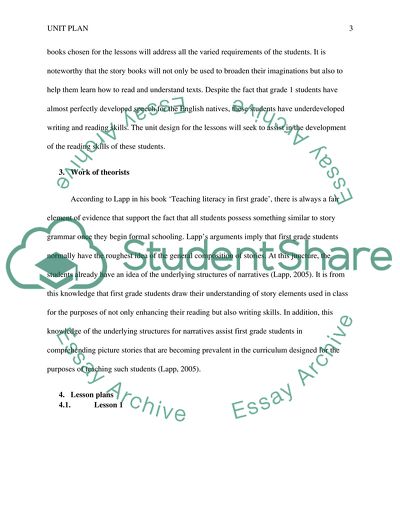Cite this document
(Development of Unit Plan Coursework Example | Topics and Well Written Essays - 3750 words, n.d.)
Development of Unit Plan Coursework Example | Topics and Well Written Essays - 3750 words. https://studentshare.org/education/1845550-unit-plan
Development of Unit Plan Coursework Example | Topics and Well Written Essays - 3750 words. https://studentshare.org/education/1845550-unit-plan
(Development of Unit Plan Coursework Example | Topics and Well Written Essays - 3750 Words)
Development of Unit Plan Coursework Example | Topics and Well Written Essays - 3750 Words. https://studentshare.org/education/1845550-unit-plan.
Development of Unit Plan Coursework Example | Topics and Well Written Essays - 3750 Words. https://studentshare.org/education/1845550-unit-plan.
“Development of Unit Plan Coursework Example | Topics and Well Written Essays - 3750 Words”. https://studentshare.org/education/1845550-unit-plan.


